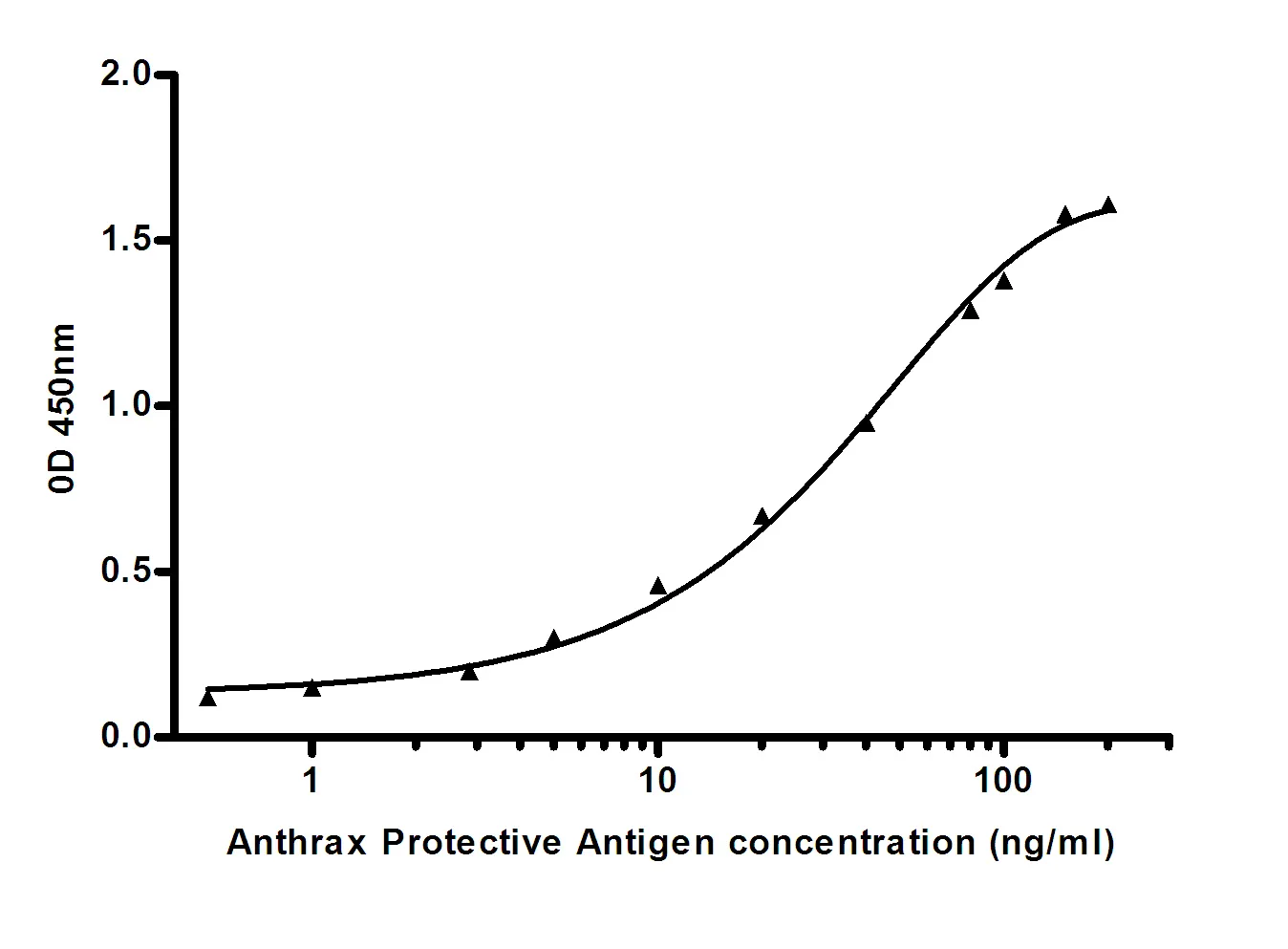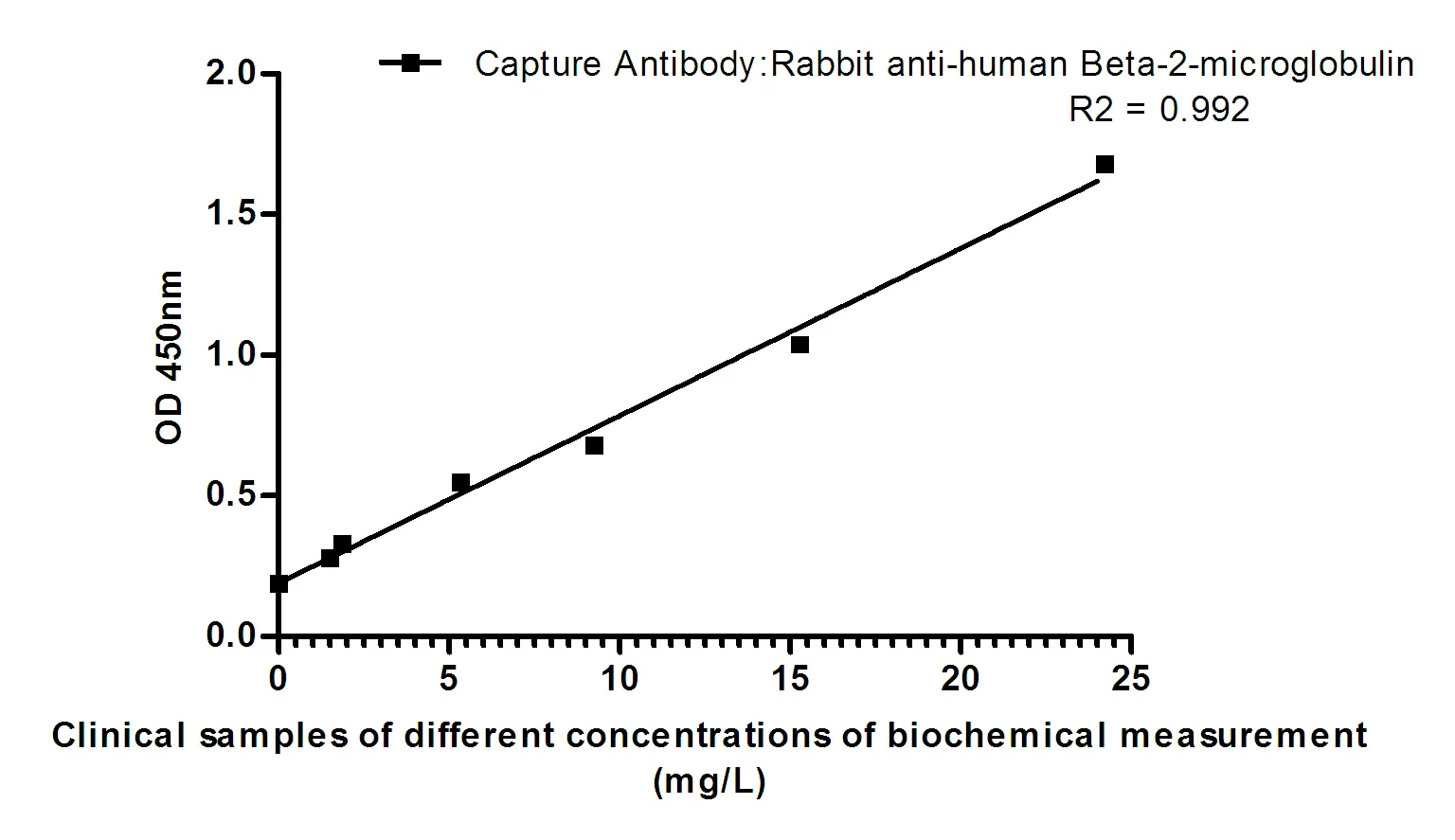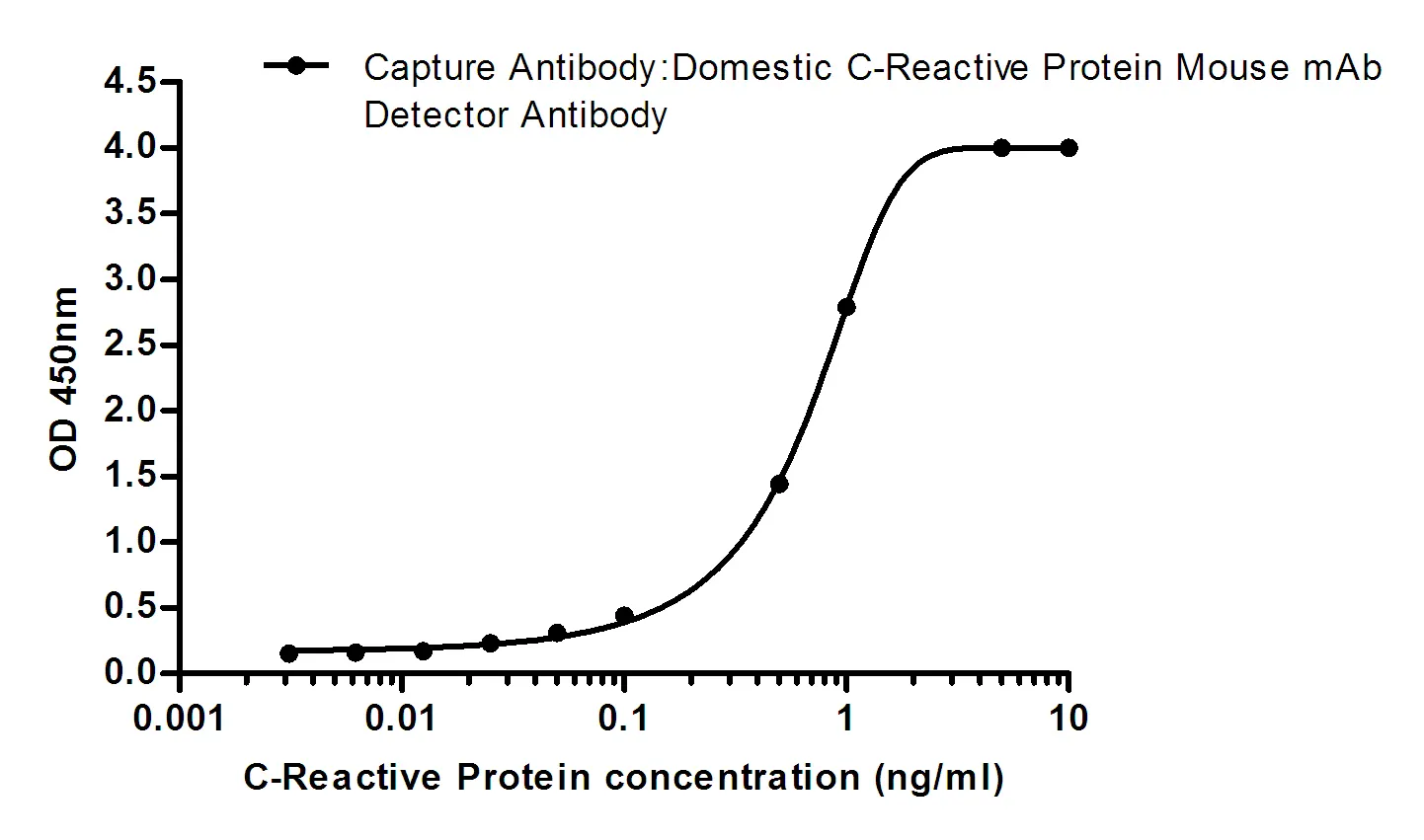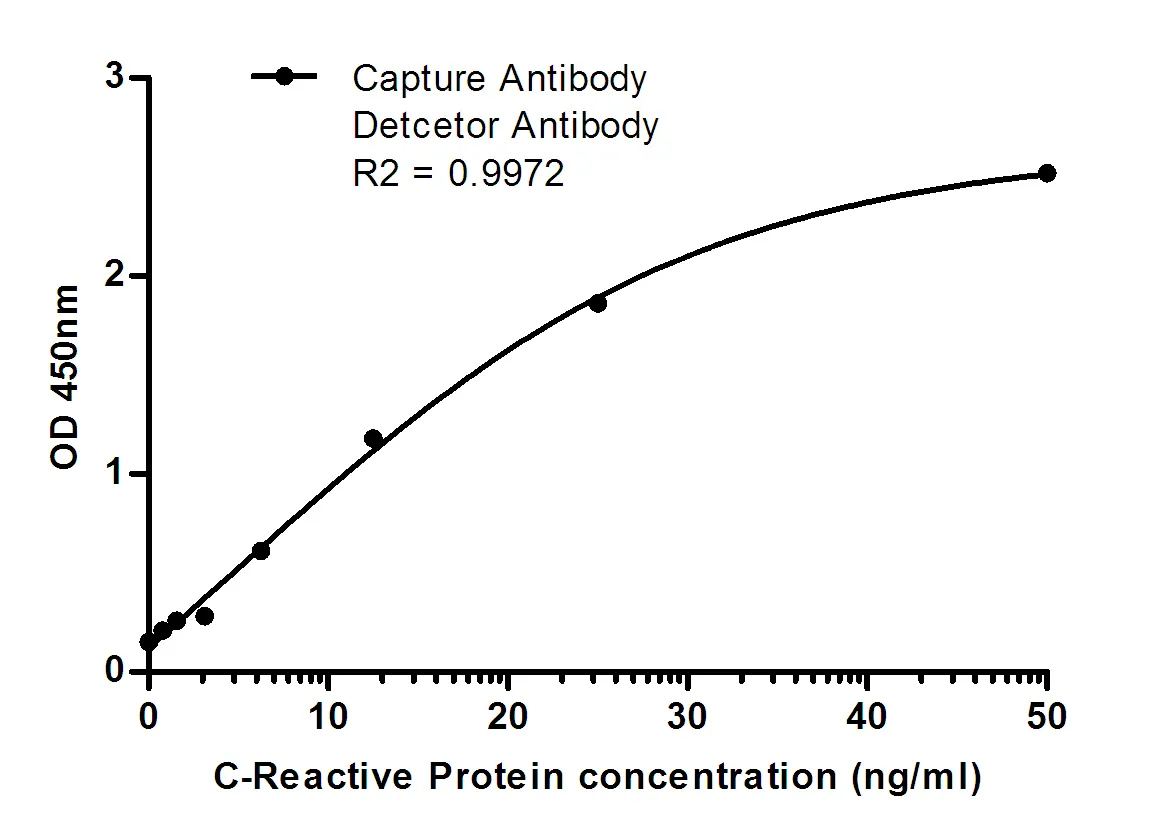Summary
Performance
Immunogen
Application
Background
FER (fer tyrosine kinase) is a member of the FPS/FES family of nontransmembrane receptor tyrosine kinases, which shares a functional domain and is involved in signaling pathways through receptor tyrosine kinases (RTK) and cytokine receptors. The Fes /Fps family is distinct from c-Src, c-Abl and related nRTKs and was originally distinguished as a homolog to retroviral oncoproteins. In vivo, Fer kinase assembles into homotrimers via conserved coiled-coil domains. The N-terminal coiled-coil domains of Fer can autophosphorylate in trans, thereby regulating their cellular function through differential phosphorylation states. Growth factor exposure can induce tyrosine phosphorylation of Fer and recruitment of Fer to RTK complexes containing p85. It is expressed predominantly in mature hematopoietic cells of the granulocytic and monocytic lineage, and has been shown to be expressed in vascular endothelial cells. Fer is implicated in insulin signaling, cell-cell signaling, human prostatic proliferative diseases, and is involved in the regulation of G1 progression.
Research Area






